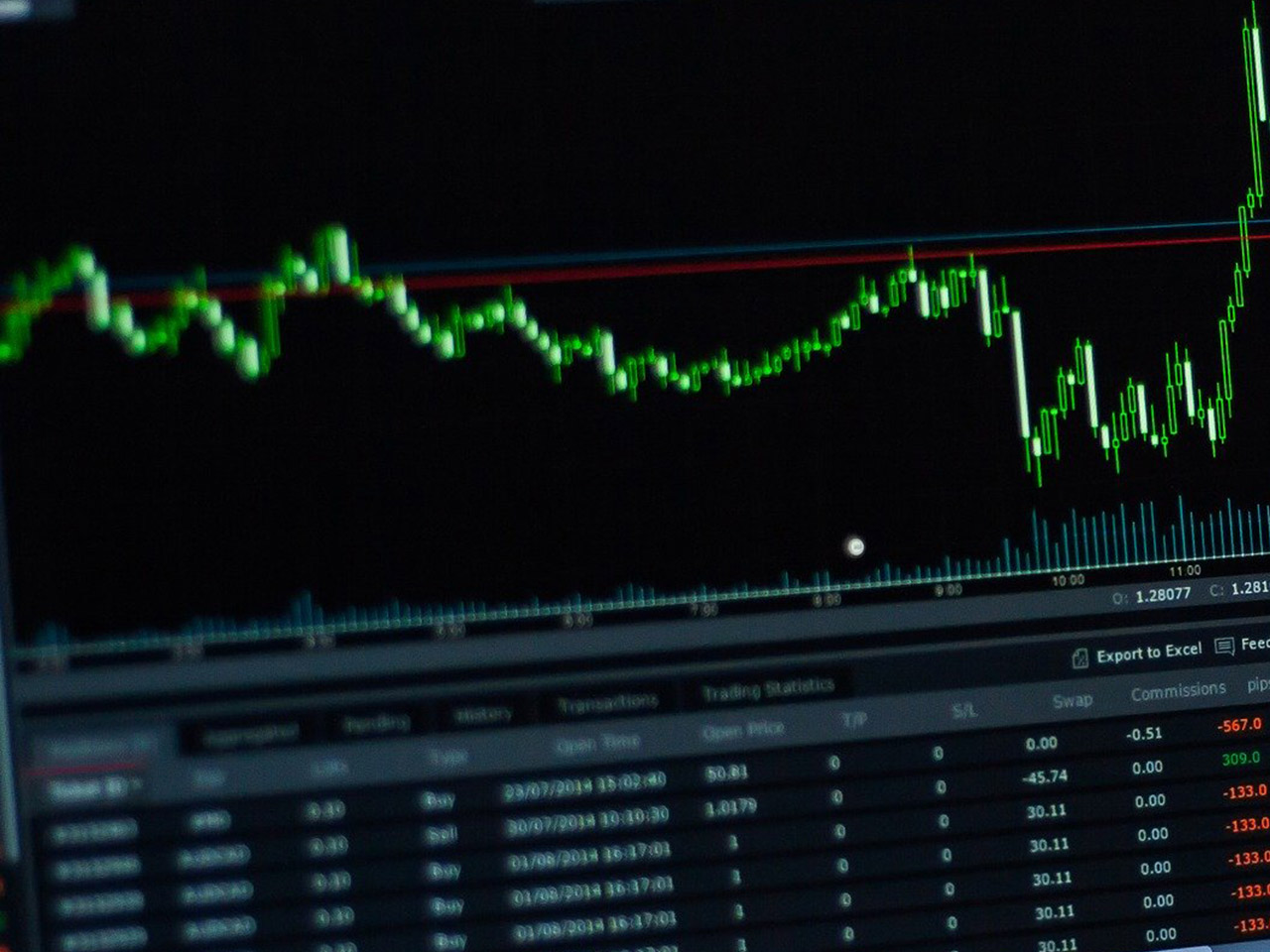As a cornerstone of the UK’s energy sector, BP PLC (BP.L) remains a significant player in the global oil and gas industry. With a market capitalisation of $66.82 billion, BP continues to navigate the complex and often turbulent waters of the energy markets.
Investors who have been following BP’s journey will note its current share price of 432.1 GBp, which sits comfortably within its 52-week range of 331.70 to 468.75 GBp. The recent price change of 3.00 GBp, albeit a modest 0.01% increase, reflects the stock’s relatively steady performance in the face of sector-wide volatility.
The valuation metrics present a mixed picture. While traditional metrics such as the P/E and PEG ratios are not available, the forward P/E ratio stands at an unusually high 877.43, suggesting future earnings expectations are priced at a premium. This could indicate either anticipated growth or market speculation, warranting a cautious approach from investors.
BP’s revenue growth has dipped by 1.30%, a figure that may raise eyebrows given the company’s expansive reach across various energy sectors. However, investors may find solace in the company’s robust free cash flow of £9.31 billion, which underpins its financial stability amidst fluctuating market conditions.
The company’s dividend yield of 5.67% is attractive but tempered by a hefty payout ratio of 754.09%, suggesting that BP returns more to shareholders than it earns. This could indicate a commitment to shareholder returns but also raises questions about the sustainability of such payouts in the long term.
Analyst ratings suggest a cautious optimism, with 5 buy ratings, 13 hold ratings, and a single sell rating. The average target price of 435.84 GBp implies a potential upside of just 0.87%, signalling that the stock may be approaching its fair value.
From a technical perspective, BP’s 50-day and 200-day moving averages of 401.57 GBp and 398.52 GBp, respectively, indicate a relatively stable trend, with the current price exceeding both averages. However, the RSI (14) of 33.52 suggests that the stock may be nearing oversold territory, potentially signalling a buying opportunity for contrarian investors.
BP’s strategic operations across gas and low carbon energy, oil production, and customer-focused segments, including EV charging and bioenergy, highlight its commitment to diversifying and future-proofing its business model. Founded in 1908, BP’s legacy and adaptability continue to play a critical role in its ability to weather industry challenges.
For investors, BP represents a blend of stability with its substantial market presence and risk given the dynamic nature of the energy markets. Keeping a close eye on market trends, regulatory shifts, and BP’s strategic initiatives will be crucial for those looking to capitalise on potential opportunities within this energy giant’s stock.





































